If you’re looking for a handheld light that can throw a blistering amount of light, welcome to my Wowtac A4 V2 review.
Many people are looking for the brightest, longest-throwing tactical flashlight they can find. With the Wowtac A4 V2 selling for about $50, it gets a lot of interest. Considering many quality flashlights sell for $75 or more, the price point is very attractive.
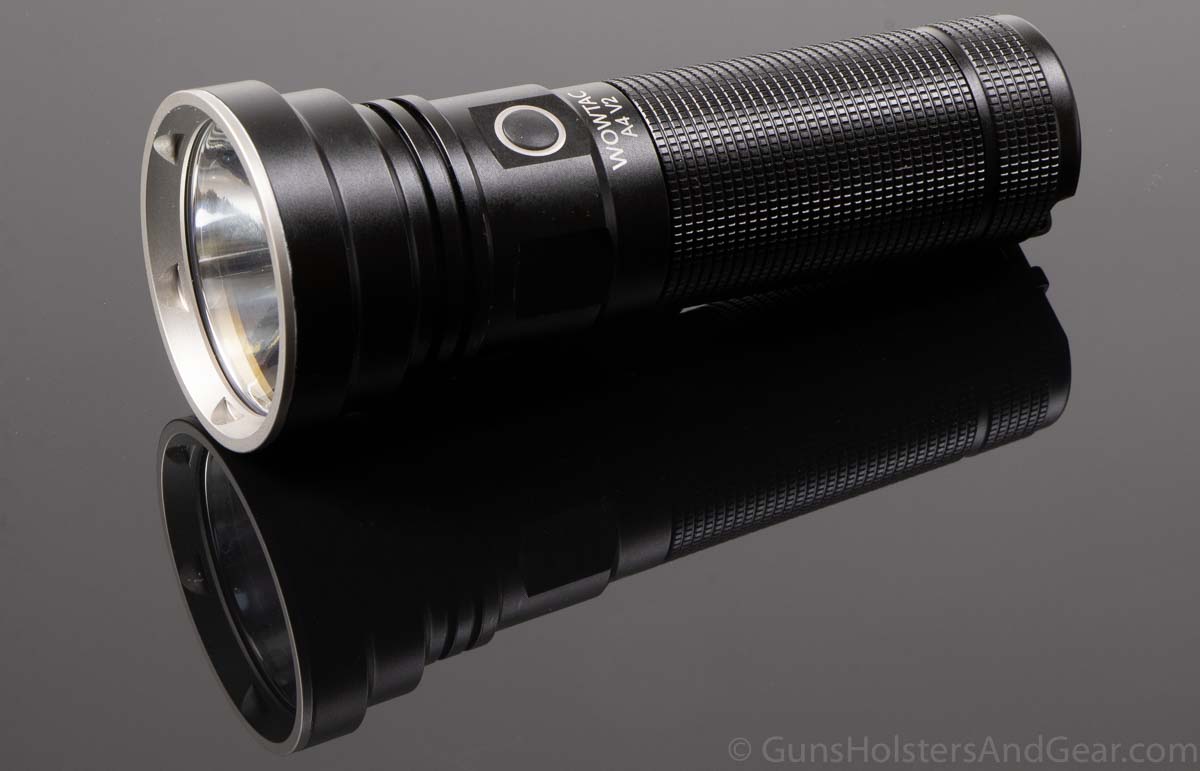
But is it really a tactical flashlight? Or is it simply a bright flashlight that’s fun to play with?
In this review, I answer those questions and take a critical look at the specification claims made by Wowtac about this flashlight. Some of the results may surprise you.
TL; DR
While not suitable for true tactical use, the Wowtac A4 V2 is a bright flashlight that is better suited for non-emergency outdoor use. Hobbyists looking for a bright flashlight may also like this light.
The flashlight can be purchased through my affiliate link to Amazon here.
Let’s dive in.
Wowtac A4 V2
At its core, the A4 V2 is a handheld flashlight that can throw an amazing amount of light: a peak of 1,895 lumens and 80,000 candelas according to the manufacturer.
The light is slightly longer than the width of your hand. It is thicker than the average tactical light but thinner than an old-school D-cell Maglite. The additional thickness of the light is due to the use of a rechargeable 26650 battery.
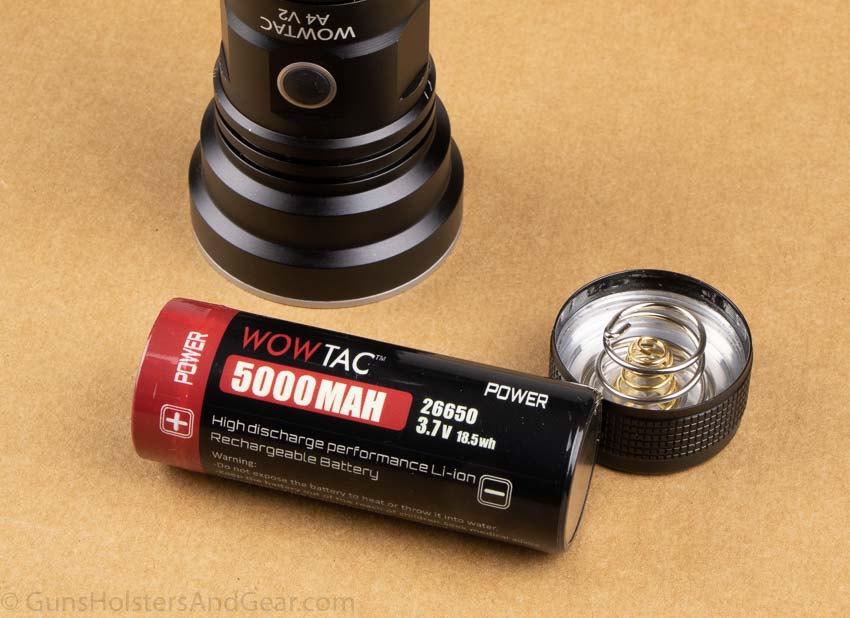
Wowtac appears to sell the majority of its flashlights through Amazon. This makes sense, and there is a robust market of inexpensive flashlights from China competing in the Amazon marketplace.
Brands like Olight, Fenix, Wowtac, Anker, Ultrafire and others are all competing for your business. Many of the brands position their lights as being suitable for tactical use.
Unfortunately, it has been my experience that many brands compete on brightness specifications and price instead of building rugged products with intuitive interfaces that are truly designed for tactical purposes.
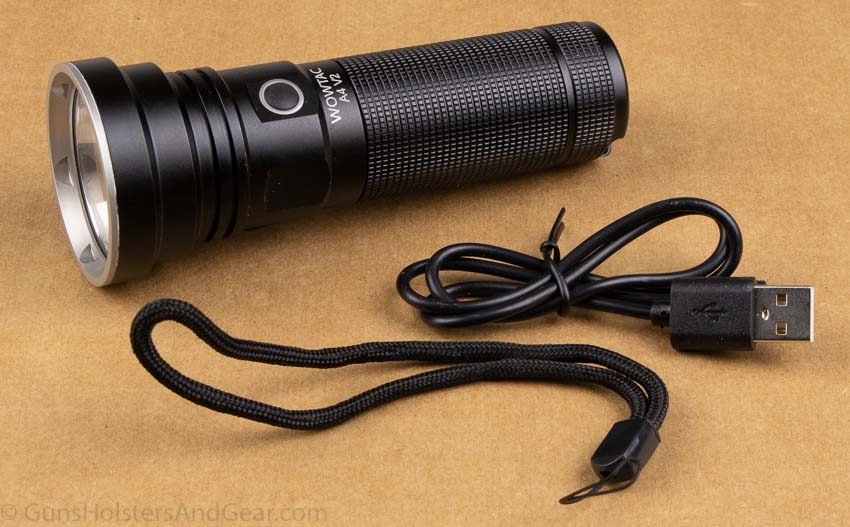
I’ve previously reviewed the Wowtac A1S and Wowtac A7 flashlights. While positioned as tactical lights, I found neither to be suited for actual hard use.
As the A4 V2 is identified as a “Handheld Tactical Flashlight” on its sales page, I tested it with that standard in mind. Someone needing a tactical flashlight will, after all, have different requirements than a hobbyist would.
Controls & Output Modes
The Wowtac A4 V2 has six output modes. Five of these modes are constant on modes with output ranging from 0.5 lumens (Firefly Mode) to 1,895 lumens (Turbo Mode.) The sixth mode is a strobe mode.
All of the modes are controlled by a single push-button switch on the side of the flashlight. The switch does not have a momentary-on function – only full-click on or off.
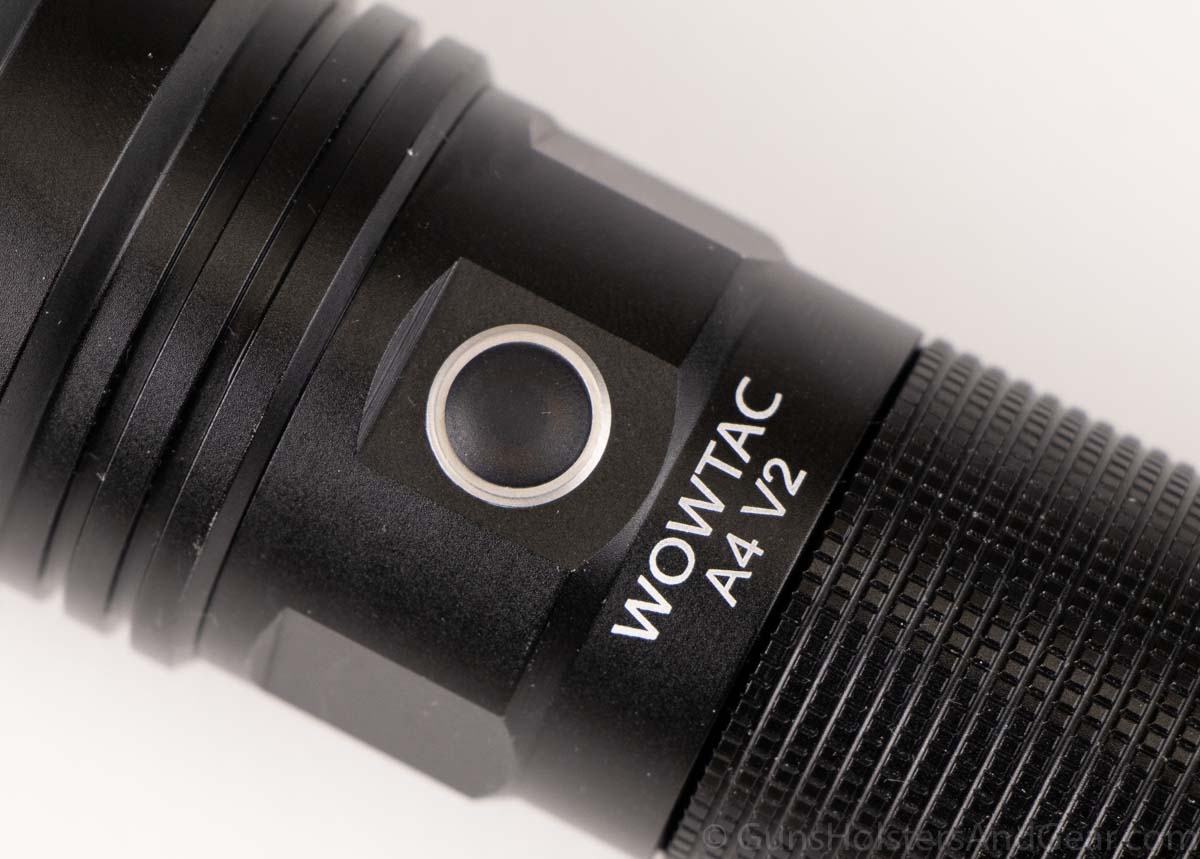
The switch interface is somewhat complicated and not intuitive. A single click turns the flashlight on in one of three modes: Low, Medium or High. It turns on in the last mode it had been in when it was turned off. A long press turns the light on into the Firefly mode. A double click turns the light on to the Turbo mode while a second double click switches mode to strobe.
Predictably, the switch is not compatible with tactical use.
Here are some of the faults that I found with the switch:
- size: The button is tiny – only about 1/4″ wide. Additionally, it is nearly flush with the body. It’s difficult to find with a bare thumb and was impossible when wearing my Mechanix M-Pact gloves. This alone makes it useless as a tactical flashlight.
- lack of momentary-on functionality – There are a wide range of uses for a momentary-on capable switch. As a regular patrol cop, I would frequently use this function while searching for suspects and clearing buildings. When you add the complexity of the switch (further described below), a momentary-on function becomes even more important.
- complexity: In the stress of a deadly force encounter, cognitive thinking can be impaired. Your brain may already be overloaded with analyzing the situation. Trying to recall single click, double click, quad click or a single long-click to get the mode you want is ludicrous in a tactical flashlight.
- unreliable – Without stress, I still found the switch to be temperamental. I would double-click the button and sometimes get the Turbo mode. Other times it would go straight to the Strobe mode. Other times it would turn on and then off again. Perhaps my timing was a bit off, but that would still show it as being unsuitable for tactical use.
Battery & Charging
A single 26650 battery powers the Wowtac A4 V2 flashlight. The company includes a battery with the light.
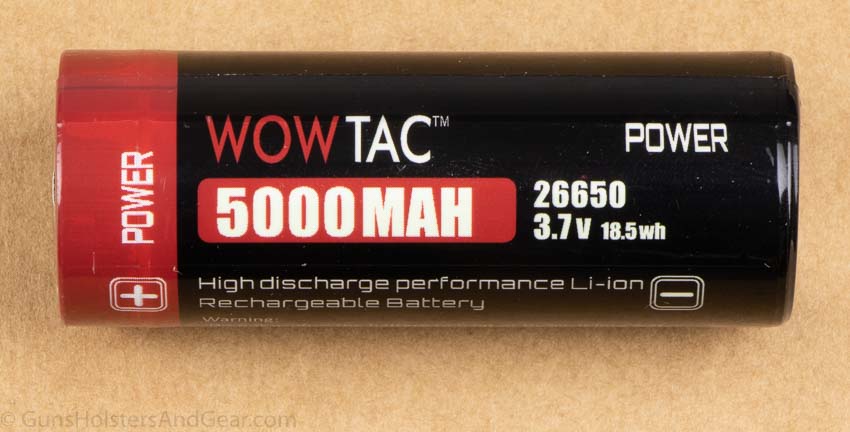
The included Li-ion battery is rated as 3.7 v and 5,000 mAh. Although there is no indication on the battery that it has any built-in protection circuit, a Wowtac representative stated: “All the batteries have protection circuits.” No such indication is printed on the battery or in the flashlight manual.
A word of caution: the Wowtac battery measures about 7 cm (~2.75″) in length. This makes it between 1-4mm longer than other 26650 batteries I checked. If you have another brand 26650 battery on hand, it may not work in this flashlight.
Charging is made with the battery installed in the flashlight. On one side of the body, almost directly opposite of the switch, is a micro-USB charging port.
As I stated in my Wowtac A7 review, the rubber flap that covers the micro-USB port seems flimsy. This A4 V2 flashlight did not come with a spare port flap whereas the previously reviewed A7 did come with a replacement.
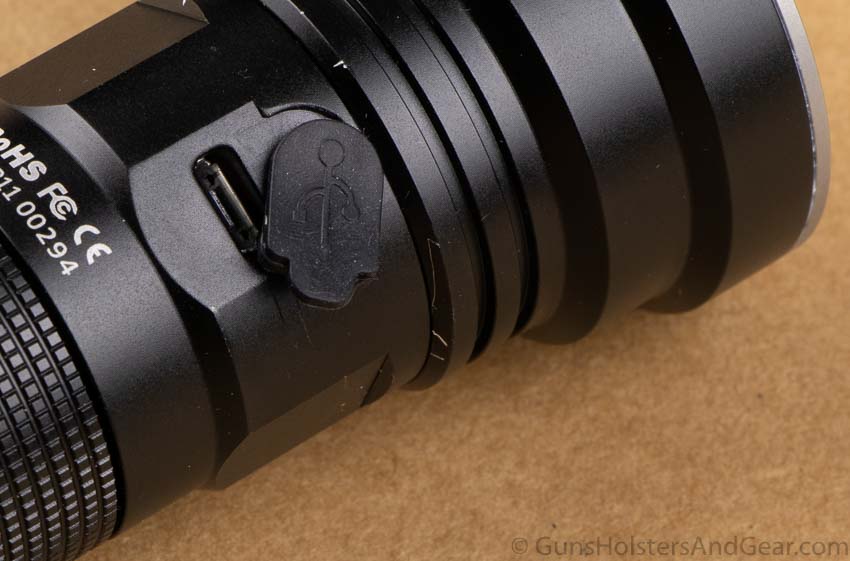
Wowtac claims an IPX8 submersion rating (see water testing below), but you need to make sure that flap is securely positioned otherwise water will go straight into your electronics.
One problem with the port placement is that it can easily be confused for the on-off switch if you are trying to find it in low light or without looking.
Unlike some of the company’s other flashlights, the A4 V2 will charge when turned off. Simply plug into the micro-USB port and it will begin charging. Other models of Wowtac flashlights require the light to be in an “on” position to charge.
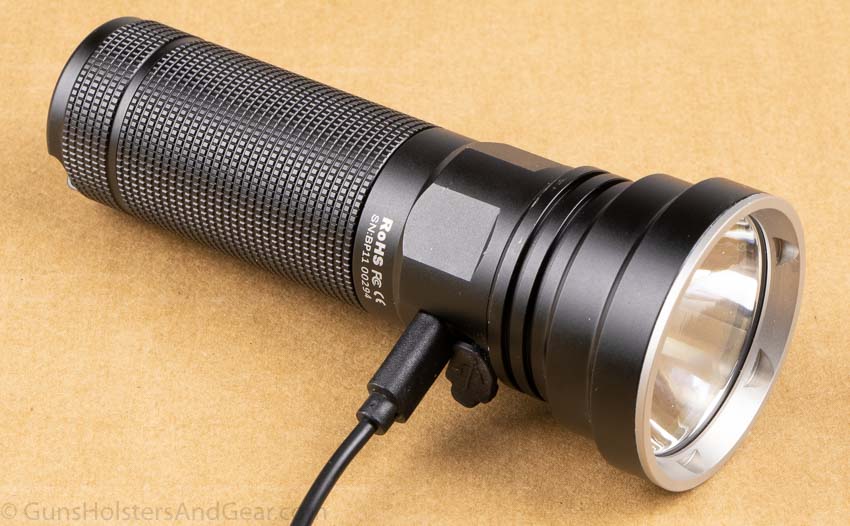
When the light is charging normally, the clicky switch glows red. When the battery is fully charged, the light turns blue. If there is a problem during charging, both the red and blue lights come on to give a purplish glow.
Questionable Specifications
One of the problems I’ve encountered with Wowtac previously is in the trustworthiness of the reported specifications. Frankly, I have reason to doubt them.
In the Wowtac A4 V2 User Manual, the company has a chart of specifications. These specs list, among other things, output from the different lighting modes, impact resistance and other features a user may be interested in.
At the top of the chart, the company prints: ANSI/NEMA FL1 Parameters.
The ANSI/NEMA FL1 specification is a voluntary system of testing and reporting on flashlight performance. When it was introduced in 2009, the FL1 standard was published jointly by the American National Standards Institute (ANSI) and the National Electrical Manufacturers Association (NEMA.) Since then, NEMA has been replaced by the Portable Lights American Trade Organization (PLATO).
Since PLATO has been involved, there have been two major updates to the FL1 standard: the first in 2016 and the second in 2019.
A company claiming adherence to the ANSI/NEMA FL1 standard is following a defunct set of testing and reporting procedures – a set that is two generations old.
It is unclear why Wowtac chooses to use a set of standards that are substantially out of date.
However, the company still fails to follow the ANSI/NEMA FL1 standard for reporting.
If you look at how the company reports the impact resistance of this flashlight, you will see the specification as 1.5 meters. The ANSI/NEMA FL1 standard requires that all reporting of impact resistance be rounded down to the nearest whole number. That means any drop resistance rating of 1.0 to 1.99 meters would be reported as 1 meter if the company actually adhered to theFL1 standard.
When I asked a company representative about this, I received this reply:
Yes our light has been tested according to the FL1 (2009) standards ANSI/NEMA FL 1 Parameters to make sure its’ performance. As the standards states that for ratings over 1 meter, each sample light is dropped six times with different faces towards the ground. While the result we tested for the flashlight finally is around 1.5 meters. it’s not accurate to put on 1 or 2 meters. So we just write the most accurate number in case mislead our customers. (emphasis added)
I would like to note that not only does the representative confirm that the reporting of 1.5 meters was intentional, but she also appears to indicate that the specification is an approximation of “around 1.5 meters.”
Additionally, the company lists the same beam distance (meters) and peak beam intensity (candelas) for the highest output mode as it does for the lowest output mode. This is obviously incorrect.
Since it appears to me that the company is not following the ANSI/NEMA FL1 standard for reporting specifications, I have no confidence that they are following the testing procedures either.
Note: I’m not singling out Wowtac for questionable specifications. I’ve encountered similar issues with other manufacturers. For example you can read my Anker LC90 flashlight review and see where the company labeled its specs as “FL1 Standard” but admitted the flashlights were not tested to the FL1 standard when I questioned them about it.
Testing
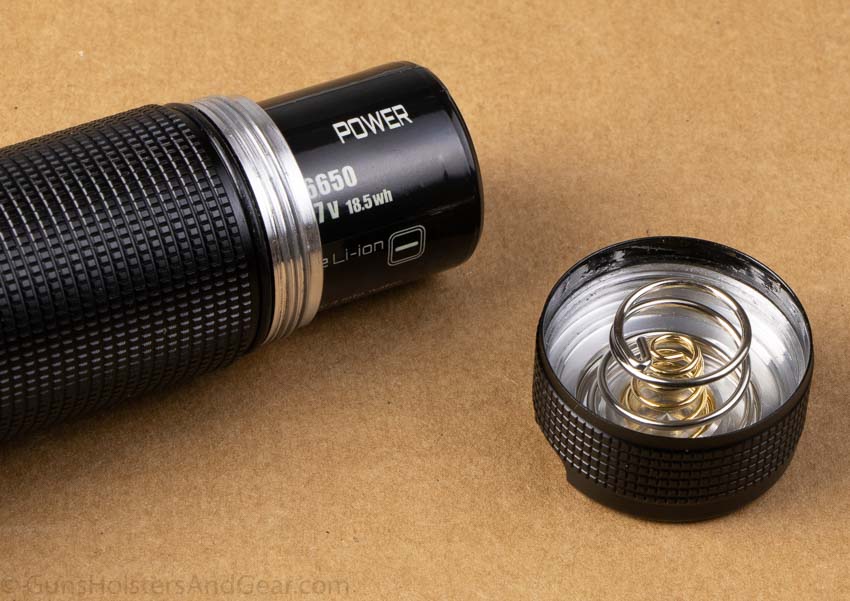
The cornerstone of my flashlight reviews is the testing procedures I use.
I do not test to the FL1 standard. My tests are inspired by real-world use and resemble some of the FL1 tests. I leave it up to the reader to decide if a manufacturer has been honest in its representation of a flashlight’s performance. However, I do share my thoughts as well.
For more information on my testing and to see a comparison table of the various lights I have tested, check out my tactical flashlight reviews page.
Output Over Time
Without any doubt in my mind, the amount of light a flashlight puts out over time is the most gamed specification in the industry. The way the numbers are reported – including those following the FL1 standard – is misleading.
Regular readers of my flashlight reviews understand what the output and runtime specifications on flashlight packaging mean. For new readers, let me recap.
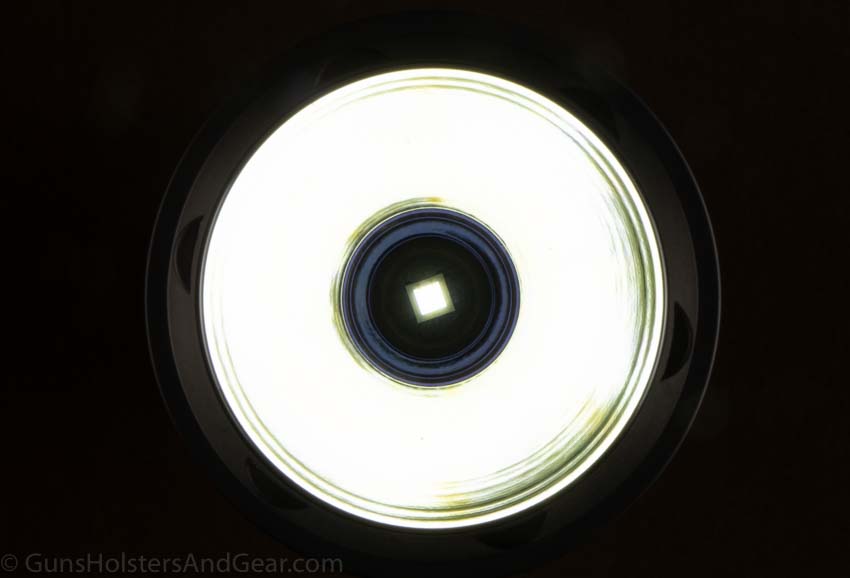
The output specification is the total amount of light emitted by a flashlight after being turned on with a fresh set of batteries. This is unfocused light and is the measurement for that one moment in time. It is measured in lumens.
The runtime specification is the total time it takes for a flashlight to drain to a point where the light output is no longer useable. Under the FL1 specification, that figure is 10% of the initial output.
In other words, the runtime spec on a flashlight package is not likely a measurement of how long the flashlight emits the output specification.
Even with the FL1 spec, these numbers can be gamed. For example, a manufacturer could design a system that put out 1,000 lumens for the first 2 minutes then drop to 101 lumens for the next 2 hours and 58 minutes. The accepted way of reporting that information would be 1,000 lumens output and a 3-hour runtime.
Sadly, the reporting suggests that it will emit 1,000 lumens for 3 hours when that’s not the case. Not by a long shot.
In my testing, I measure the runtime in an integrating sphere. This tool allows me to collect the total amount of light emitted and show what that figure is over the entire runtime. I report this information in graphs so you can quickly see what the output over time looks like.
Turbo Mode
For the Wowtac A4 V2, I intended to make two runtime graphs. I wound up encountering a problem and made three.
The first graph shows you the output for the Turbo mode. According to the company, the Turbo mode emits 1,895 lumens for only 3 minutes before dropping to “about 700 lumens.” That’s about 37% of the original output.
Here is what I measured:
According to my measurements, the output immediately began dropping and hit 68% of the initial output just ahead of the 3-minute mark. At the 3 minute mark, output dropped to 45%. With two additional step downs, the flashlight settled in at 34% until it hit about 2 hours and 4 minutes.
At this point, the light began a decline to 18% of the initial output at the 2 hour 16 minute mark. At that point, the light simply shut off.
To the company’s credit, Wowtac does indicate in the User Manual a runtime of “3 mins + 148 mins” for the Turbo mode. This suggests 3 minutes of full output mode and 148 minutes of run at the much lower level. Although that comes up 15 minutes short compared to my measurements, the runtime is close enough for me to believe it was accurately reported.
However, to my way of thinking, the company should list the run time as 3 minutes only as the designed drop in output brings the output well below 50% at that point.
Constant Turbo Mode
You can kick the flashlight back into the higher output by turning it off and back on again (assuming the double click doesn’t move you into the strobe mode, etc.)
Doing this, I recorded the following output:
The runtime in “constant” Turbo Mode was actually impressive. The light ran at more than 50% of the initial output for about 50 minutes.
If you assume the company’s 1,895 lumens specification is accurate, that means the light throws about 1,000 lumens for nearly an hour. In a handheld light, that’s impressive.
However…
I don’t think the light was putting out anywhere close to 1,895 lumens during any part of the second run.
Let me explain.
The integrating sphere I use is not calibrated to provide absolute light output measurements (lumens.) I can measure output over time relative to the initial output, but I cannot measure how many lumens the light emits.
My light meter measures lux off-axis to the flashlight beam inside the sphere. I can compare lux readings between two lights measured in this sphere and give a relative comparison between the two – such as flashlight A emitted 50% more light than flashlight B. I cannot say if flashlight A produced the total light output (lumens) that the manufacturer claims.
When I ran the first Wowtac A4 V2 Turbo Mode (with step down) test, the maximum lux I measured was 178,300 lux. This was in line with other flashlights I’ve measured with similar output ratings.
If you sort the testing results table on my flashlight review page, you can see that 1,000 – 1,100 lumens flashlights from Streamlight and Olight measured between 110,200 and 121,500 lux. So, I would expect the measured lux to be much higher with the 1,895 lumens claimed by Wowtac in the A4 V2. And I got it…in the first run.
Yet, on my second Turbo run (without a step down) I measured a peak lux of only 91,000 lux. That puts it right at the same measurement I managed with the Wowtac A7 in Turbo Mode. The A7 is rated at 1,047 lumens in Turbo Mode. Compare that to the A4 V2 which is rated for 1,058 lumens in High Mode.
In other words, it looks like after the first Turbo run (with the step down,) the flashlight never exceeded the High Mode output.
Third Time’s the Charm?
Seeing the obvious problem, I ran the test a third time. When I ran this test, several days had elapsed between the two prior runs and this one.
This time I got the following results:
This time, the peak output measured 176,800 lux. This is very close to the initial 178,300 lux reading I measured on the first Turbo Mode test.
As the graph shows, output dropped very quickly each time the flashlight was reset back to the Turbo Mode. The runtime to 10% of the initial output was 52 minutes.
I do not understand why the first constant run in Turbo Mode shows significantly less output than the second one. I can only speculate that some internal issue caused the light to go to the High Mode for the duration of the test instead of the Turbo Mode.
Measured Candelas
Peak beam intensity is a measurement of how bright the center spot of the flashlight beam is. It is measured in candelas. A high number of candelas for a given total light output (lumens) suggests a tight spot-type beam. Peak beam intensity is directly related to the maximum beam distance.
My measurements in each of the five constant modes are as follows:
| Firefly | Low | Medium | High | Turbo | |
| Manufacturer Specs | |||||
| peak beam intensity (candelas) | 80,000 | 80,000 | 80,000 | 80,000 | 80,000 |
| beam distance | 656 m | 656 m | 656 m | 656 m | 656 m |
| Measured | |||||
| peak beam intensity (candelas) | 38 | 1,068 | 12,412 | 60,387 | 121,000 |
| beam distance | 12 m | 65 m | 223 m | 492 m | 696 m |
Heat Generation
High output flashlights tend to produce a lot of heat.
If a light emits enough heat, it can literally burn your hand. Even with gloves, some lights are too hot to hold for more than a few minutes.
I typically use a datalogging thermometer with pipe clamps to measure surface temperatures. Due to the diameter of the A4 V2, I was not able to get a good fit of the pipe clamps to the flashlight body to provide a temperature over time graph.
I did take several measurements with a laser-type thermometer. I’ve found that this provides lower readings than other thermometers, but it will give you a general idea of the surface temperatures.
In the turbo mode, the highest reading I took was 128.9° F. This was with the step down in light output at 3 minutes.
When I kept the light in constant turbo mode, the surface temperature hit 184.7° F within 10 minutes.
If you have any intention of using this light for more than 1-2 minutes in Turbo mode, at the very least, you need gloves. Anything beyond that, you need oven mitts.
For the amount of light Wowtac claims the A4 V2 throws, this could be an acceptable trade-off in a non-tactical situation.
However, in a self-defense situation, you may need to have the light in a constant on mode for 10 minutes, 20 minutes or even longer while you wait for assistance to arrive. I’ve held someone at gunpoint for an extended period of time and if my light put out this much heat, there would have been a serious problem.
The best balance of light output and heat generation would likely be in the Medium Mode. But for those 208 lumens (rated) and 12k candelas (measured), why buy this light? You can get any number of CR123A or 18650 powered flashlights that do that (and more) with similar heat output.
Whatever you choose, just be aware that this light can put out enough heat that I believe it could cause painful burns.
Visual Comparison
All the graphs in the world won’t make an impression quite like a photograph. Yet photos can be manipulated to make a flashlight look brighter or dimmer.
The following are comparison photos that show the existing lighting conditions, the beam of the Wowtac A4 V2 and a comparison shot of the SureFire G2x Tactical taken with the same camera settings.
Drag the handle left and right to see the ambient lighting conditions and what the Wowtac flashlight could do.
At 21.5 Yards


In these images, the SureFire G2X is the left photo while the Wowtac is the brighter right image.


You can see that the SureFire has a more even light throw that does a good job of illuminating the tree line. However, the A4 V2 has a much tighter and brighter spot-type beam. This allows you to put a lot of light in a concentrated area on the trees.
At 101 Yards
At relatively close distances, the Wowtac A4 V2 can be impressive. I think the light really shines at longer distances.
In the below photos, you can see the ambient light conditions at nighttime and compare it to how much light the Wowtac throws.


I compare the SureFire and Wowtac in the following photos. The SureFire beam is wide and doesn’t have the same reach the Wowtac does.


Brighter doesn’t mean better, but it can be impressive.
Drop Test
Impact resistance testing is conducted by dropping the flashlight onto cured concrete from the height specified by the manufacturer. In this case, the drop was made at a height of 1.5 meters as that is what Wowtac states the A4 V2 can withstand.
In the test, the flashlight is dropped six times – once from each “side” of the light. Think of the light as a cube and the flashlight is dropped one time for each one of those sides.
Here is a video of the testing:
The Wowtac A4 V2 appeared to handle each drop without any issues. The light continued to function normally after each drop. (Continue reading for a battery problem I discovered later.)
While there was superficial damage to the surface and finish of the flashlight, there was not any structural damage that I could find.
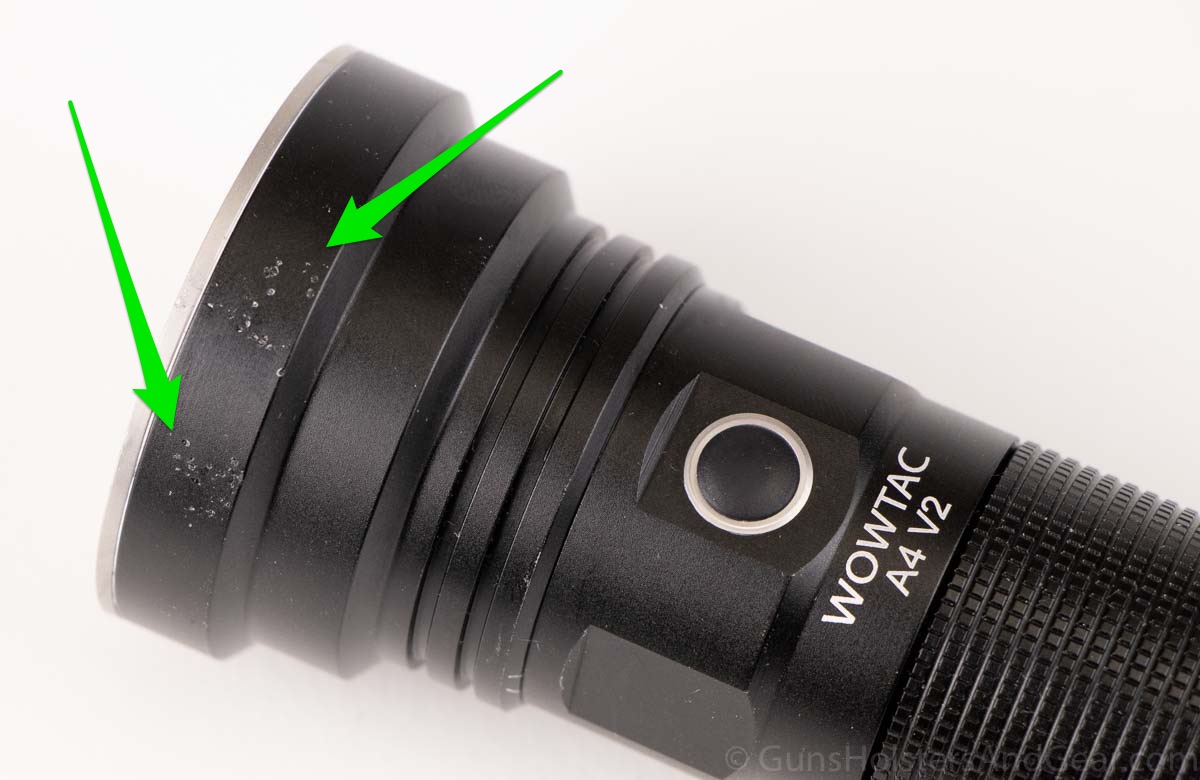
At the top of the 26650 battery, I spotted some superficial damage – a very light abrasion – on the side near the positive end. However, it was not deep. The battery appeared to be completely safe to operate.
However, I continued to operate the flashlight normally for several days. When I pulled the battery out for some additional photography, I discovered a split in the battery’s overwrap.
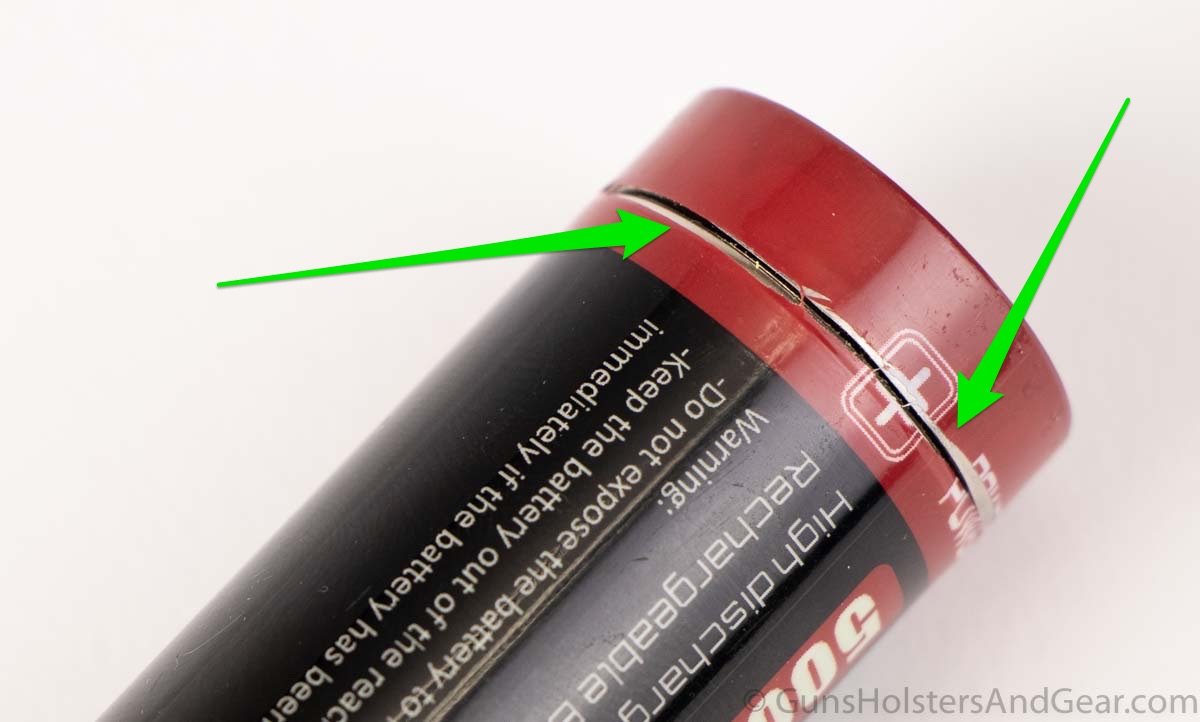
I do not know if the battery swelled during use causing the split, or if the heat the flashlight generates created the issue.
I am concerned about the safety of the battery and have reached out to Wowtac for an explanation. I’ll update the article when I know more.
Water Resistance
Wowtac claims an IPX8 rating for water resistance. An IPX8 rating means the light has not been tested for dust intrusion and has the ability to be immersed to a depth of 1 meter or more for a time of 30 minutes or more, excepting that a water immersion of 1 meter for 30 minutes earns an IPX7 rating.
Wowtac states that the light is submersible to a depth of 2 meters but does not list a duration. I dropped the light into my pool (approximately 1.5 meters) for 30 minutes. After removal from the pool, the light worked as expected.
Caution: Make sure the tiny flap covering the MicroUSB charging port is properly sealed to ensure water resistance. For deliberate testing like this, there should not be any problem. If you are hiking and accidentally dislodge the flap prior to dropping it into a stream, you might have problems.
Final Thoughts
The Wowtac A4 V2 was a mixed bag that offered some great features but failed to live up to my expectations.
During this Wowtax A4 V2 review, I determined that it is not a flashlight I would recommend for tactical use. Yes, it is extremely bright, but that is not the sole measurement for determining what makes a good tactical flashlight.
The switch is too small and isn’t reliable. Further, there is no momentary on option. Also, the heat generation prevents it from being used for more than a few minutes.
Instead, the Wowtac A4 V2 is a great hobby flashlight. For flashlight nerds, this a fun light. It throws an incredible amount of light in Turbo mode.
The flashlight is small enough to fit into a cargo pocket if you are a hiker or outdoors enthusiast. It is far too large for normal pocket carry or EDC.
With the storage capacity of the battery, Wowtac claims 12 hours of runtime in the Medium output mode. Even if you only get half of that, that’s 6 hours of useable light. That will help you get down a trail during an all-night hike.
As always, I am concerned with the specifications presented by Wowtac in its literature. Take them with a grain of salt. My understanding of the FL 1 specification and my testing lead me to question their veracity.
It’s a fun light to play with – and in that context, it is a good flashlight.
Where to Buy a Wowtac A4 V2
Interested in this Wowtac flashlight? Although the company has its own website, it sells the flashlights through Amazon. You can use my affiliate link here to pick one up.
Last update: August 2, 2021
Disclosure
All reviews on GunsHolstersAndGear (GHG) include a disclosure of any potential biases that may influence my writing. I encourage all reviewers – no matter who they are writing for – to do the same.
The flashlight tested in this article was provided to me for free by Wowtac specifically for review. No promises of a positive reviewer were made or requested. Based on my prior reviews of Wowtac products, I am surprised they continue to send me products to test.
Wowtac is not an advertiser or sponsor of this site. Wowtac did not pay any money for me to write this review.
I do not have any financial interest in any flashlight company. My only concern is to provide you with reliable information so you can make informed decisions on what to buy (or avoid.)
GHG is a for-profit website. All of the content is free – I do not charge you a dime.
I earn money through the use of affiliate links. These links go to companies like Amazon and Palmetto State Armory. Should you decide to purchase something from one of those companies, I make a small commission.
The links do not change your purchase price. I do not get to see what any individual purchases.
Questions about anything? Please ask in the comments section below. If you have experience with this light, please share it with other readers.
I just ask that you keep things civil and free of profanity. I want this to be a family-friendly site.
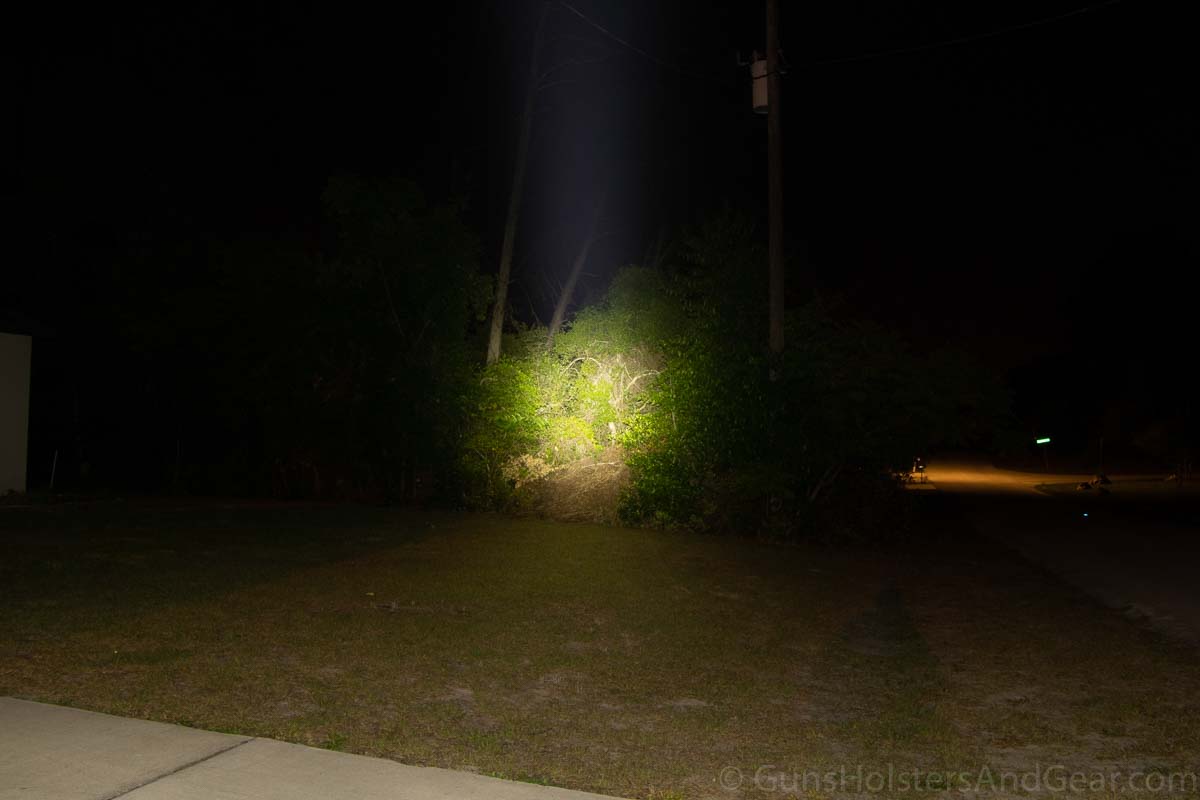
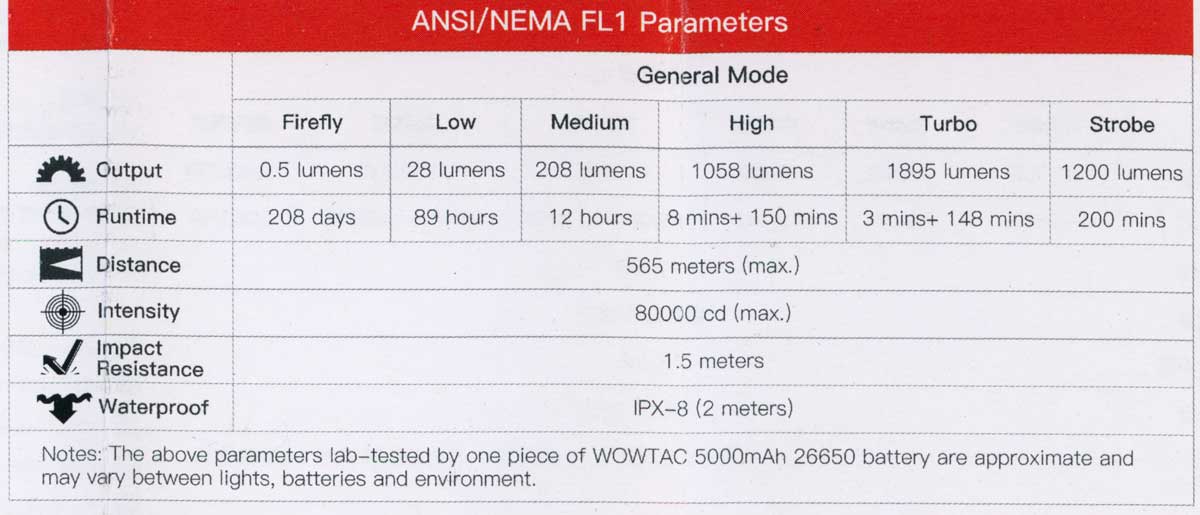
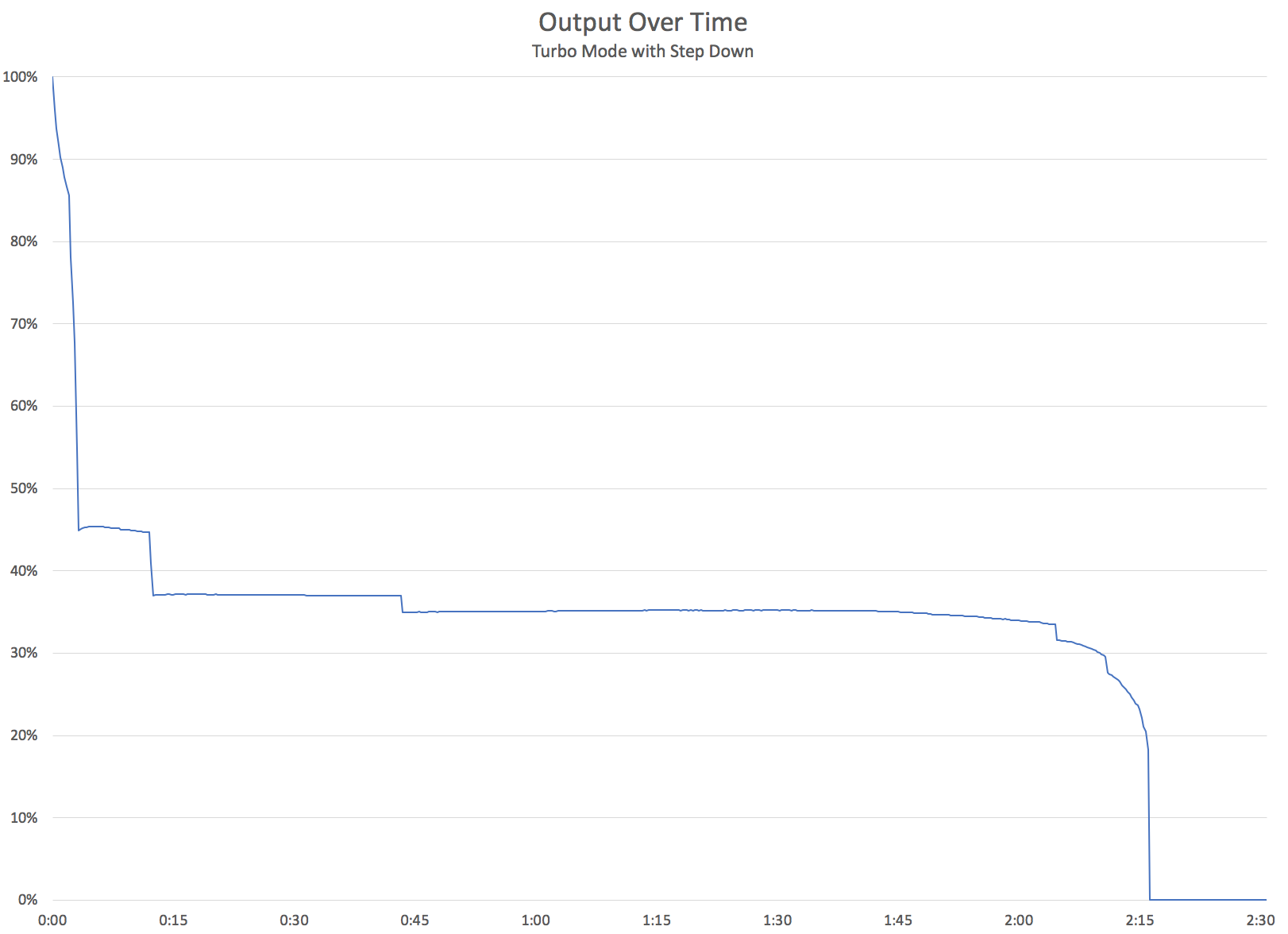
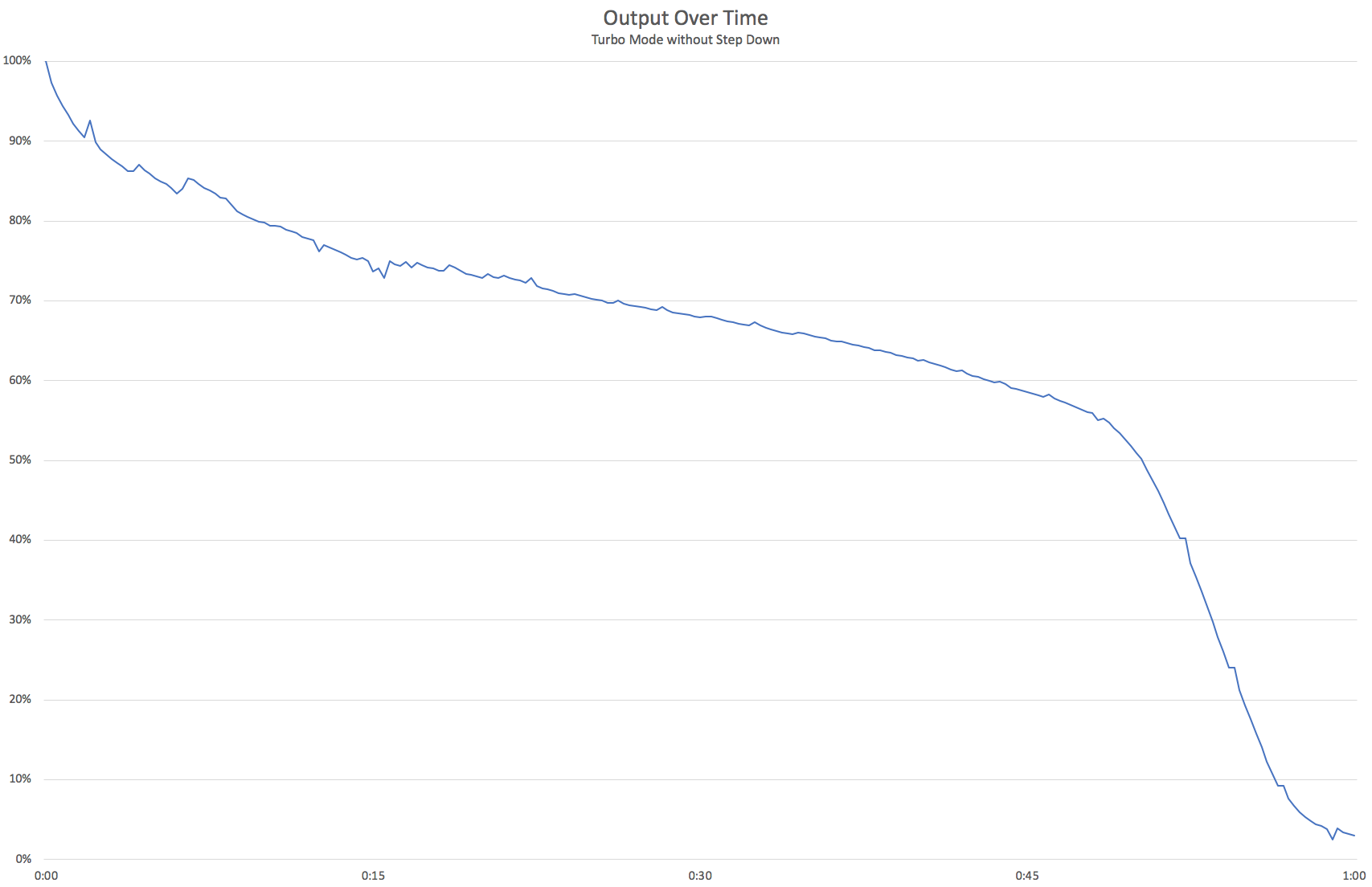
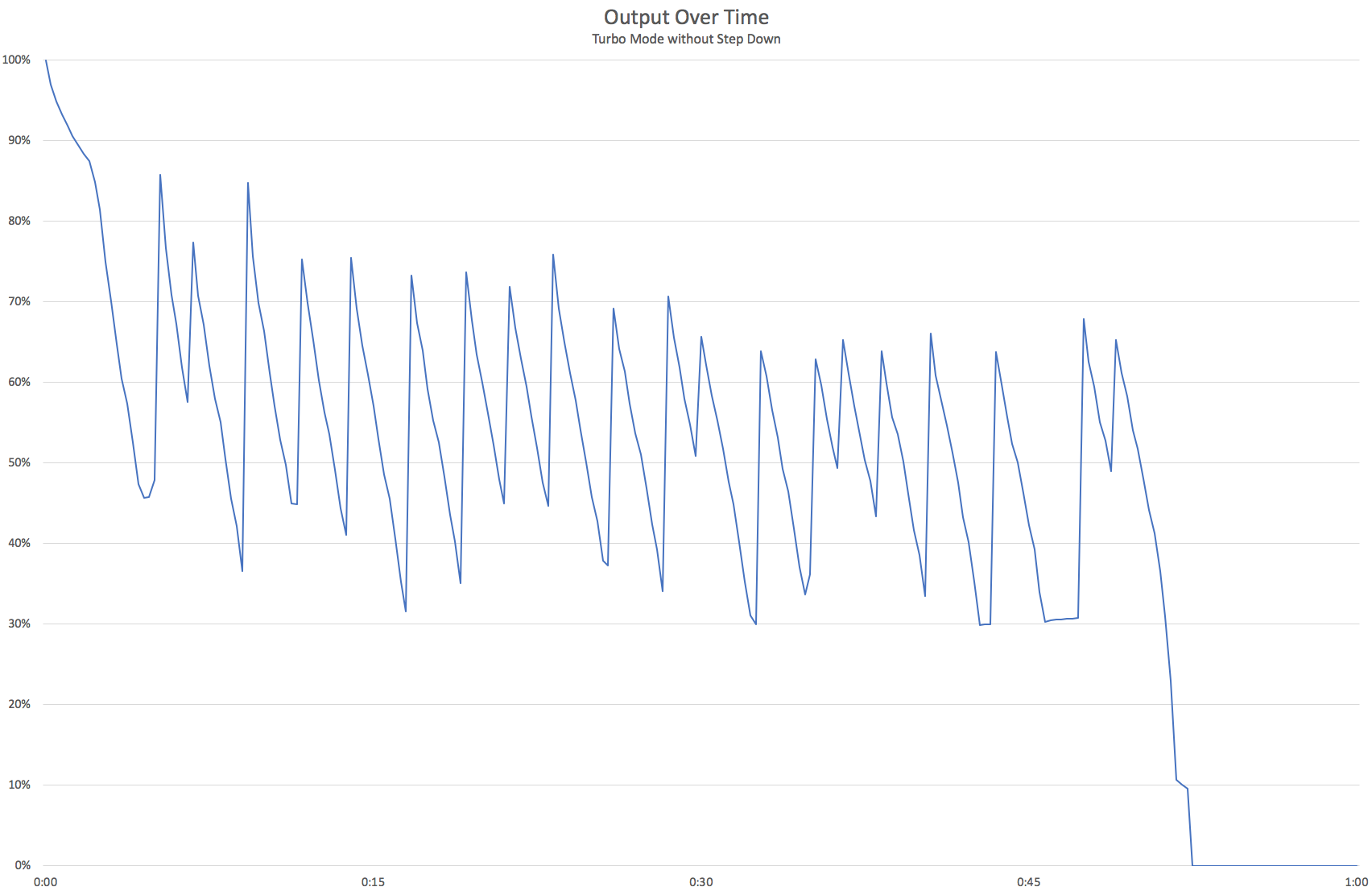
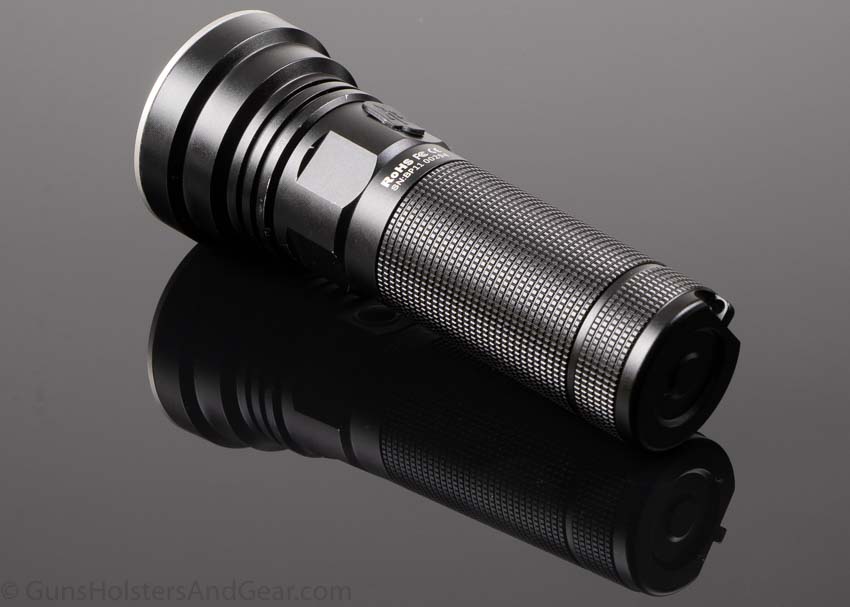
4 replies on “Wowtac A4 V2 Review – Bright Light at a Price”
That’s amazingly bright! I don’t need it for anything tactical – just knocking around the house and tracking across the back field. This should be a bit of fun.
Hi Kelli,
It is very bright and can be a fun flashlight. For wide open spaces, the beam is impressive.
-Richard
I have mine set up to EDC, have wowtac A1s and a7, they are not the best “tactically” but are hard use lights that shrug off hard use, never had a issue with the wowtac button being unreliable. Decent review but is obviously heavily biased, I get the knock for tactical use (all of them) but key points I mentioned, ie not for hard use and unreliable buttons is just not true with over a dozen wowtac’s in my collection for example that get used daily to save wear and tear on my nicer lights like olight and fenix.
Hi Marc,
Thanks for taking the time to comment. You are correct in that my review – like any other – is biased. In this case, I clearly identify that I am forming my opinion about the light based on its performance vs the company’s claims. As I clearly indicated (with link,) Wowtac claims the flashlight is a “tactical flashlight.” Based on their claim and my years of training/experience with using flashlights in dangerous situations, I believe the light is inferior to other tactical lights.
As a general-purpose or hobbyist flashlight, it is fine and I thought I had indicated that in the article. It is a bright light and fun to play with.
If you don’t mind my asking, how are you carrying the flashlight? You mentioned that you use it as an EDC. Are you using a belt pouch? If so, what kind? My light did not come with one.
-Richard